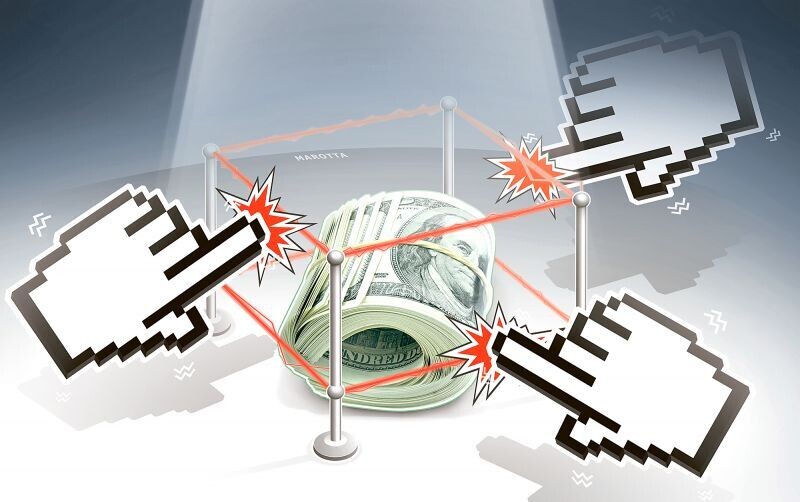
In 2024 and so far in 2025, the Argentine public sector made net payments abroad, highlighting a deficit in the country's current account. This deficit, according to experts, is primarily attributed to a low savings rate in Argentina. So far, this situation has not impacted the unemployment rate, and the Government maintains a monthly depreciation rate of the exchange rate that provides some flexibility.
**Review of Numbers and Comparisons**
According to data from the Central Bank of the Argentine Republic (BCRA), in January the real and bilateral exchange rate with the dollar remained similar to November 2023, although it was still 20% more depreciated than at the end of the Convertibility. Compared to March 2018, the exchange rate was 11% more devalued when considering the bilateral rate and 17% more appreciated if the multilateral rate is taken into account. Other indicators such as the evolution of wages in constant dollars are also used to assess the economy.
**Short-Term Risks and Outlook**
Uncertainty surrounds the negative current account balance, generating concerns among some analysts. The situation could worsen if the net reserves position of the Central Bank is not improved, or if the carry trade in dollars continues. The debate over a possible exchange rate lag has emerged, although levels remain below the records of March 2018. The concern focuses on the sustainability of production and income, especially if there are significant declines in these aspects.
**Considerations and Projections**
Despite current challenges, opportunities in sectors such as energy and mining are expected to boost exports and help maintain a stable exchange rate. Improvements in the fiscal position are also seen as a key factor in avoiding dollar debt. It is suggested that in a more stable economic scenario, gradual appreciations in the real exchange rate could be experienced, facilitating companies' adaptation to the market.
In summary, the Argentine economic outlook is complex, with challenges in the balance of payments and exchange rate stability. Measures such as improving the fiscal position and boosting strategic sectors are expected to contribute to sustainable recovery and long-term economic stabilization.














